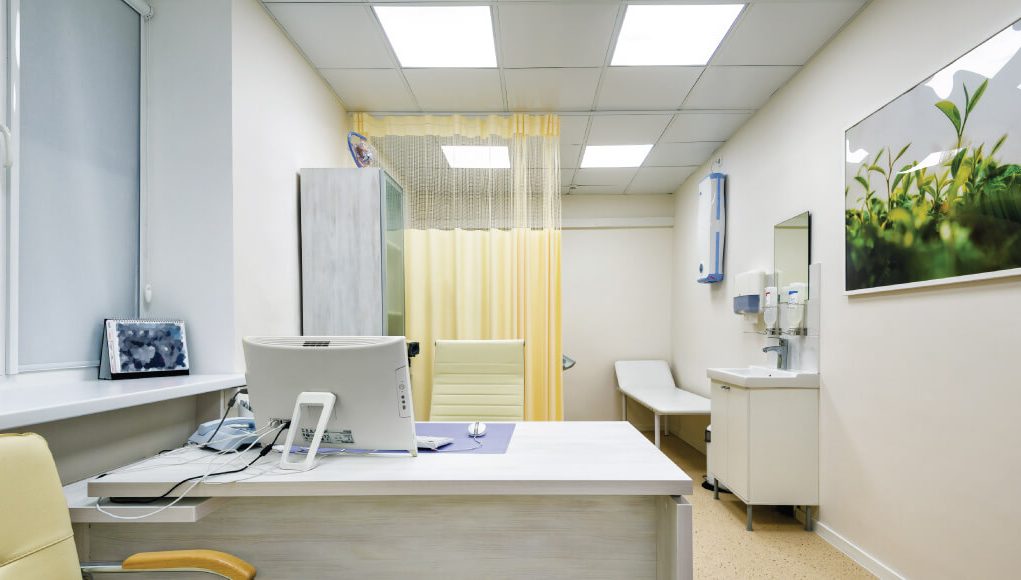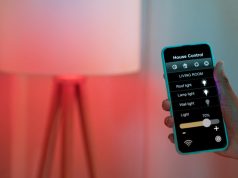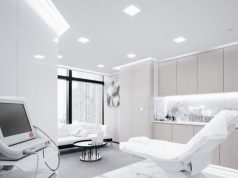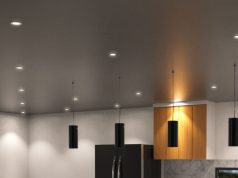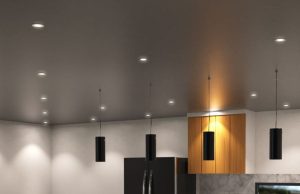If you go into a doctor’s surgery and see that it’s dark and disorganised, you’ll have second thoughts about getting treatment. In fact, you’ll more or less think that they’re probably doing something fishy! Well, if you’re the surgery owner, that could be disappointing. So, how can you stop people from running away from your clinic? Simple, with lighting!
Lighting is crucial in every establishment, especially if that place is where you treat people. How can you examine your patient accurately if you’re having difficulty reading charts and assessing? So, to ensure that your office is set up to a maximum patient-friendly level, draw up the best lighting plan and get the best lights!
5 critical points when lighting a doctor’s office
Since not everyone is a professional lighting designer, it’s normal to have trouble knowing which lights to get. Well, if you have the budget, you can just hire one! However, if you’re trying to keep to a budget, there are ways to know if you’re doing the right things. Here are five tried and tested pointers when lighting a doctor’s office!
Point #1: Select neutral colour temperatures
The colour temperature is essential when setting the tone of your office. It’ll look unprofessional and dingy if you choose a warm white. On the other hand, if it’s cool white, your lighting will be too crisp and bright, which might make your patients uncomfortable.
The key is avoiding extremes when it comes to colour temperature. So, where do you strike a balance? Rule of thumb, choose around 3500K for a warmer atmosphere and a 4000K brighter option. Making your patients feel comfortable in your office is step number one for them to have a pleasant experience.
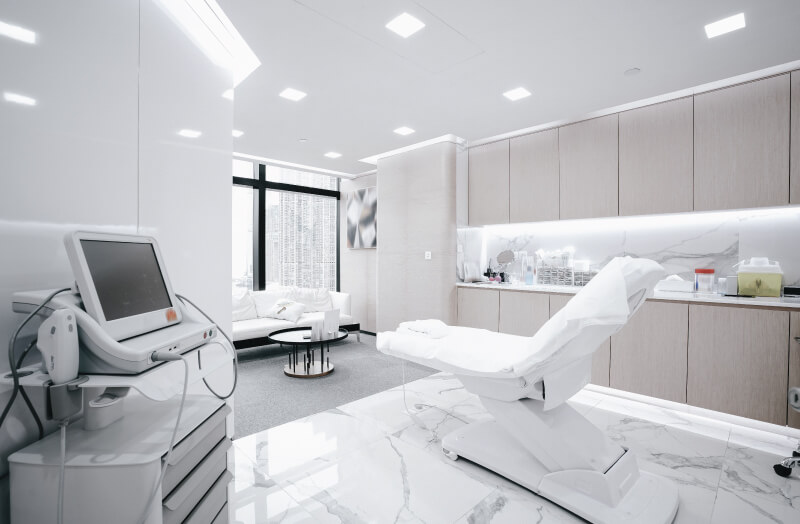
Point #2: Plot your lights correctly
Getting bright lights is one thing, and positioning them is another. If you’re thinking that all you need to think about is the brightness and colour of your lights, you’re incorrect. Positioning is also a critical part of lighting. If a fitting is mounted below eye level, it may cause a displeasing glare and distraction.
Overhead ceiling lights (especially downlights) are perfect for a doctor’s office since they distribute light evenly in a streamlined style. Of course, you don’t have to just stop with ceiling lights. You can also add wall lights for accent lighting, desk lamps for task lighting, and pendant lamps for statement pieces in the reception area.
Point #3: Don’t forget to add light diffusers
Diffusers are perfect for getting the correct colour temperature without the brightness being too overwhelming and causing discomfort. It’s a filtered lens that covers your lamps to create a soft light beam.
You see, sometimes, when trying to keep a space bright, you get brilliant lamps. The problem is once they’re installed together, it can be really bright! So, to soften up the illumination that reaches the eyes of your patients, you need diffusers.
Point #4: Use an assortment of lights in different areas
As mentioned before, the doctor’s office in general should stick to natural white light. However, you don’t need to light every part of your clinic with natural white light. In the waiting area, you might want to get a warmer white light to keep the ambience relaxed and cosy. On the flip side, for examination rooms, you’ll need a cool white light with a higher lumen output for better visibility.
Feel free to mix and match different fixtures, mounts, styles, and materials to keep your aesthetics interesting. It will bring your space to life and set it apart from others.
Point #5: Stick with LEDs for better light quality and efficiency
If you’re looking for an artificial light source that can outperform others, then you need LED lights. Compared to their competitors, LED fittings have better light output, longer average lifespan and lower wattage consumption. Aside from that, they have low heat emission, are flicker-free and eco-friendly!
Worried that they might be more expensive than regular lights? Upfront, they may look a tad bit pricier than fluorescents (but still affordable). However, if you compute your monthly electrical bills and maintenance, it’ll turn out that LEDs are way cheaper than others.
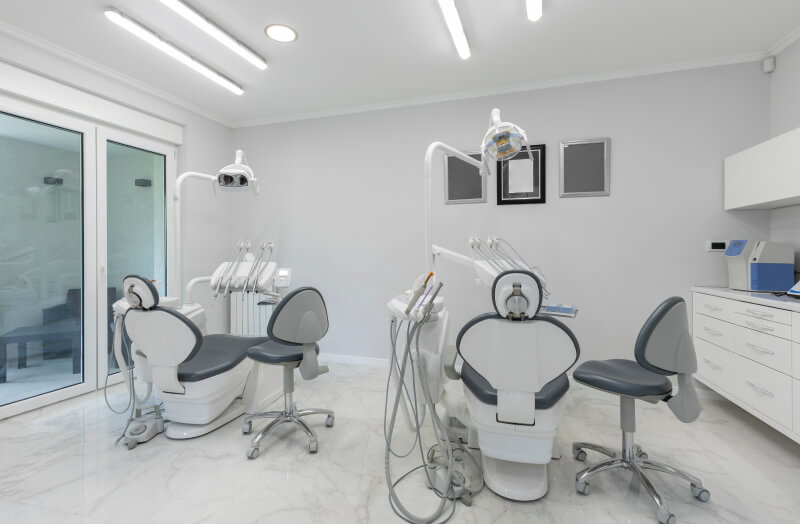
Benefits of using LED lights in a healthcare establishment
- LED lamps have many benefits no matter where they are installed. However, they work a unique magic for the healthcare field! Here are some that you need to know.
- LEDs can help save money. As stated before, LEDs have a long lifespan and excellent quality. So, no shelling out cash from frequent replacements and maintenance.
- LED lights help doctors and nurses to stay on task, keeping them productive, focused, and alert. All these three characteristics are essential when working in the healthcare industry.
- LEDs with natural white light stabilise patients’ circadian rhythm, especially those who stay overnight, shortening their recovery time.
- Proper lighting can affect people’s moods. LEDs create a happier and livelier atmosphere around the patients and staff. It’s another aspect that helps patients recover faster.
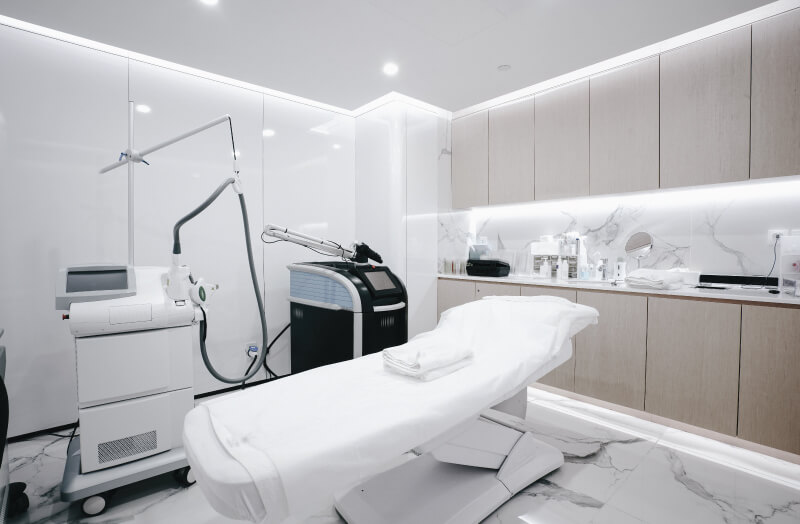
Now that you know how to light a doctor’s office and the benefits of LEDs in your space, it’s time to change up your lighting scheme. If you’re still using fluorescent tubes, it would be ideal for you to upgrade them to LEDs. It’s a proven fact that LED lights are much more superior to non-LED fittings. So, if you’re looking for a place to get one, check out our website, Simple Lighting! We have an entire collection of downlights, strip lights, indoor lighting, outdoor lighting, and commercial lighting.


